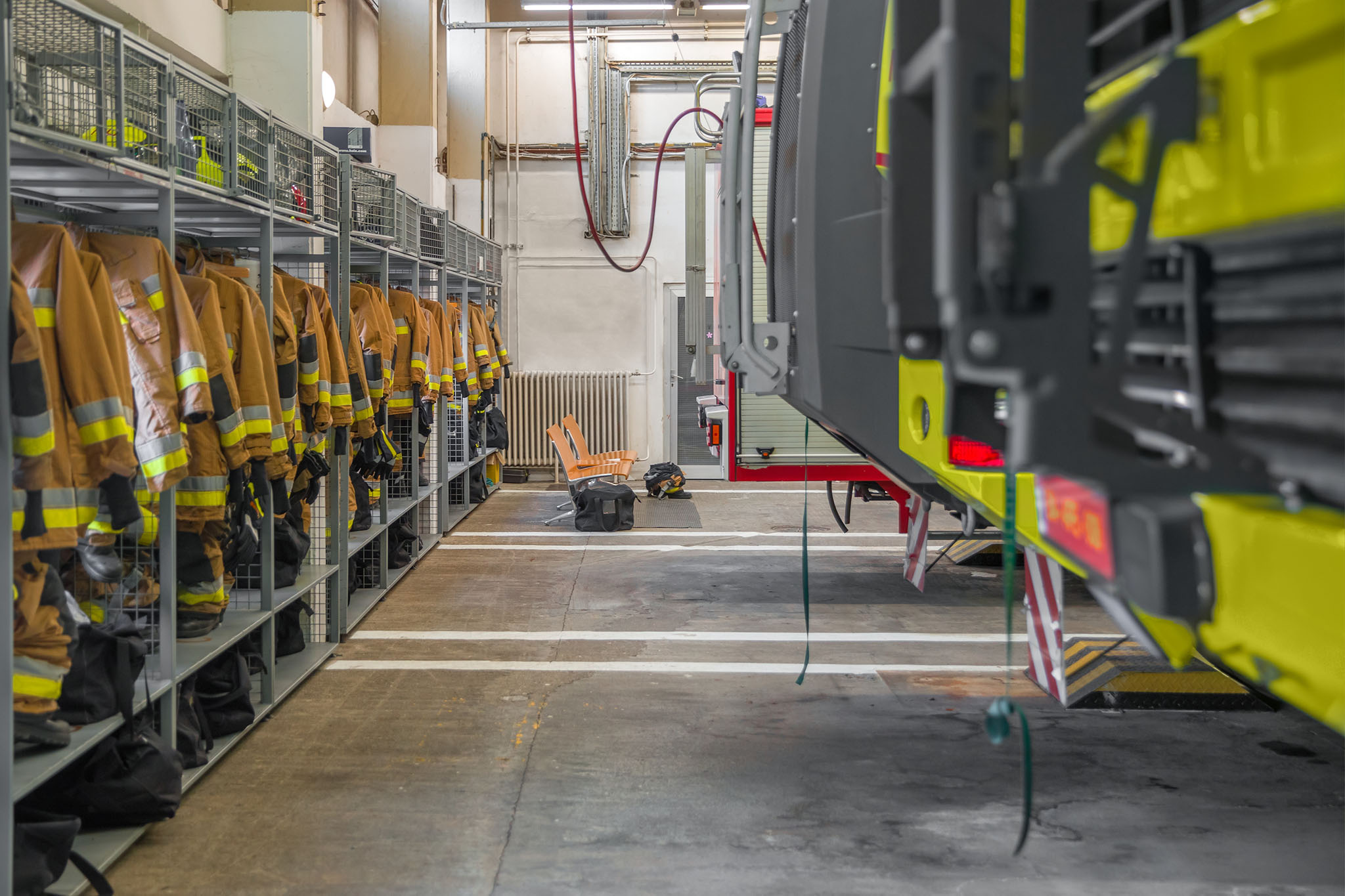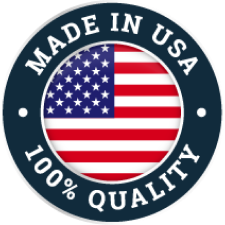
Firefighters put themselves at risk every day serving the community, but unfortunately, dangers follow them back to the fire station. Not only are firefighters exposed to carcinogens while fighting fires, but they are also surrounded by carcinogens where they eat and sleep for 12 to 24-hour shifts.
Fire stations are one of the only types of buildings that house and operate diesel trucks in extremely close proximity to both the eating and sleeping quarters. Diesel fumes from idling trucks and off-gassing from gear are harmful, even carcinogenic if inhaled for extended periods of time. This is all in addition to the unrelenting smoke smell that inevitably follows firefighters back to the station, further polluting the already toxic air.
To ensure the safety of firefighters, industrial-grade air filtration systems can reduce hazardous gases, toxins, and particles throughout all zones in a fire station.
The hot zone is anywhere hazardous gaseous materials may be circulating in the air. By design, hot zones are isolated from other parts of the station to protect living areas.
To combat heavily contaminated hot zones, fire stations should have an industrial-grade air filtration and ventilation system solely dedicated to that area to prevent recirculation. To maintain a safe airflow, it’s important to have separate HVAC systems for each zone and keep the exhaust from the hot zone away from the exhaust connected to living quarters.
To protect firefighters and the surrounding community from exposure to hazardous contaminants, not just any air purifier will do. Due to the unique air quality inside of fire stations, a powerful system with multiple layers of filtration is required in order to efficiently remove up to 99.97% of airborne contaminants.
Installing a MatrixAir filtration system can dramatically improve indoor air quality. By combining polyester, activated carbon, and HEPA filters, MatrixAir’s triple filtration system removes smoke, gases, and other harmful particles as small as .3 microns.
To learn more about MatrixAir or to find the perfect air filtration system for your space, call us at (603) 863-7553 or click here to contact us now.
